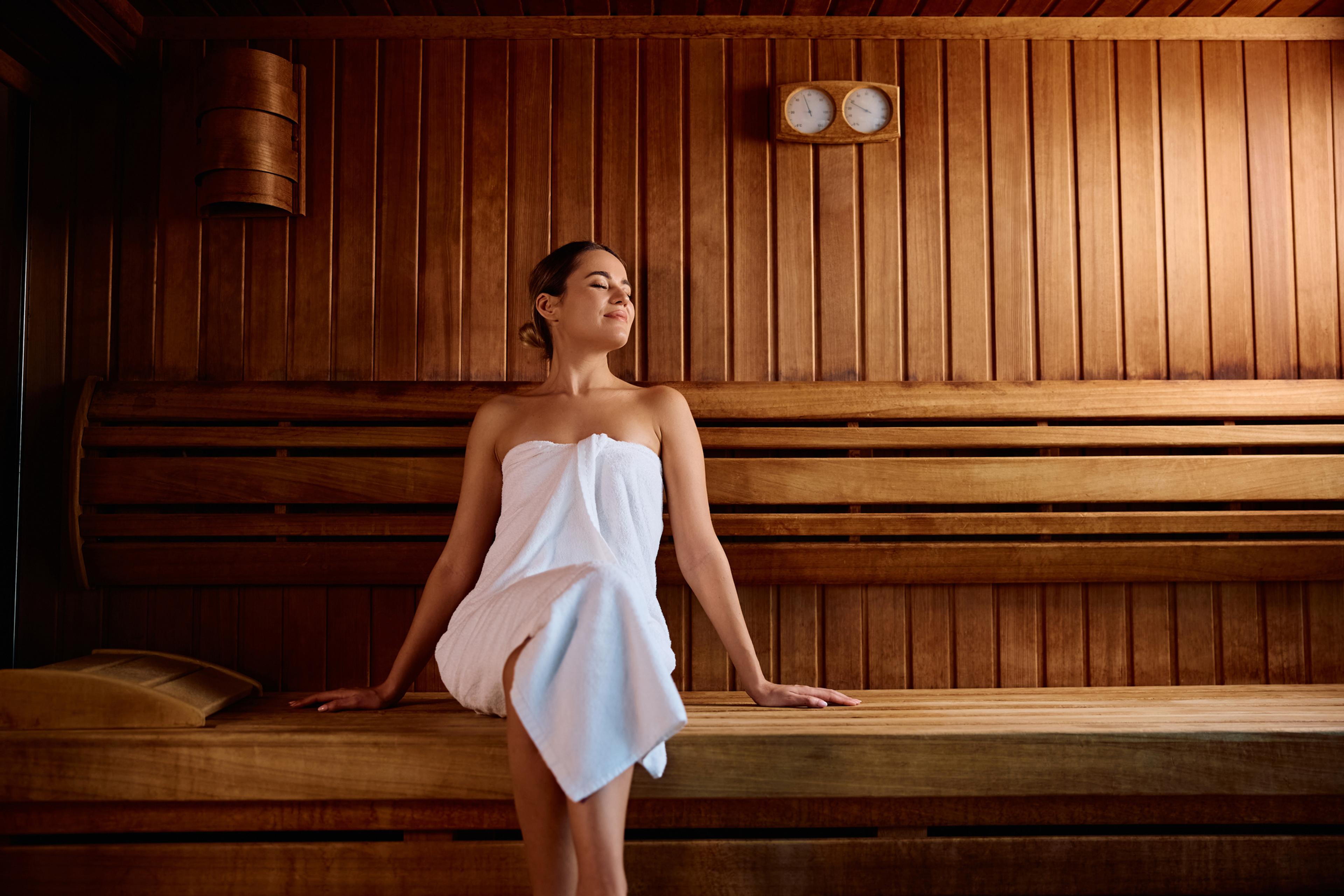3 Creative Workouts You Need to Try this Winter
Shandra Martinez
| 3 min read

With winter weather closing in, some people will take the cold temperatures as a sign they should put their outside workouts on pause for the season. But exercising in cold weather actually can have some surprisingly good impacts on your well-being. Think of it like a jump-start for your body.
Research has shown the human body reacts differently during cold-weather workouts compared to exercising outside in warm weather, according to Harvard Medical School. Doing cardio activities in cold weather can prod your body to change the kind of white fat typically found around your waist and thighs into a more effective calorie-burning brown fat.
Winter workouts can increase your stamina, too. Because your heart doesn’t have to work as hard when you exercise in cold temperatures, your body perspires less and you end up using less energy. This makes your exercise sessions more efficient.
With those benefits in mind, here are three workouts to try this winter:
Skiing: Whether you are picking your favorite downhill runs or gliding through the woods on a groomed cross-country trail, skiing is a great way to enjoy the outdoors while getting a good workout. Calorie-burning charts show the average person can burn about 225 calories by hitting the downhill slopes for a half hour, compared to about 300 calories by cross-country skiing for the same amount of time. They both offer a good workout for muscles in your arms, legs and core.
Snowshoeing: Often seen as the tamer cousin of skiing, snowshoeing has been growing in popularity in recent years. In many ways, it’s an easier sport than skiing. It does not require fancy equipment. It’s a great way to exercise with friends or family. More resorts, county parks and local outfitters are now offering snowshoe rentals for people who want to try it for an hour or two. If you haven’t put on snowshoes before, start with a few short rental sessions to see if it’s something you like. If you do, you can always invest in a pair. Another bonus? Snowshoeing burns the same number of calories as cross-country skiing – about 300 in a half hour.
Hiking: Winter doesn’t mean you have to put your hiking boots on the shelf until spring thaw. Your favorite trails through the woods, by the beach or a local lake are still there. If there’s not too much snow, you should still be able to navigate the terrain, and the extra effort it takes to hike in the winter gets your heart rate up and your muscles working a little harder than in the warm weather. For safety’s sake, you may want to add a walking stick or cross-country ski poles for balance. Slip-on grips for the bottoms of your shoes or boots will also help you on the slick spots.
A few things to remember before you head outdoors for any cold-weather workout:
- Try some simple stretches to warm up your muscles first.
- Dress in layers that you can easily take off if you get too warm.
- Don’t forget sunscreen. Even in the winter, your skin can still be damaged by the sun.
- Keep your head and hands warm. Try a wool cap that covers your ears and thin glove liners that slip inside your regular gloves.
Related:
Photo Credit: Getty





